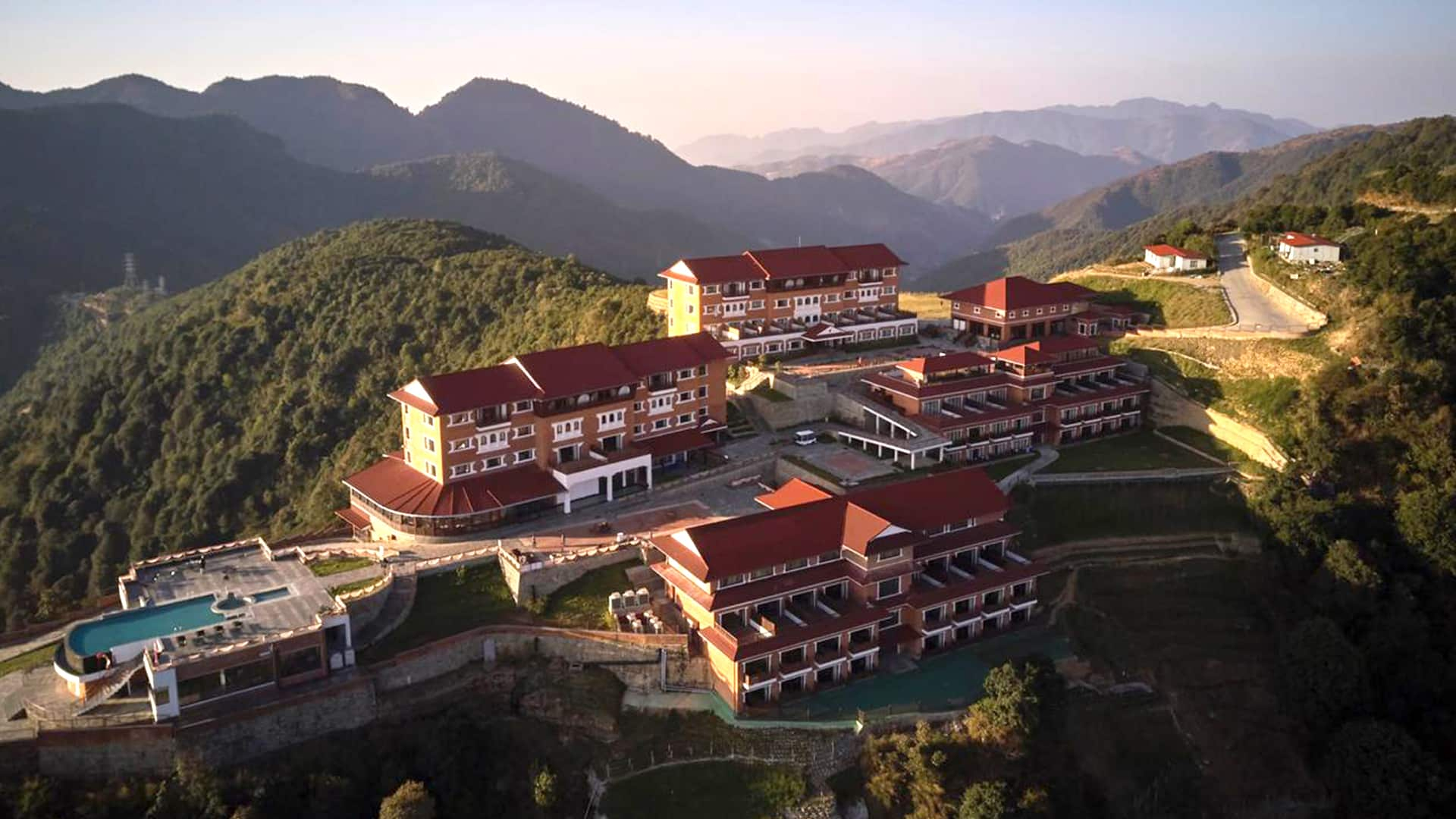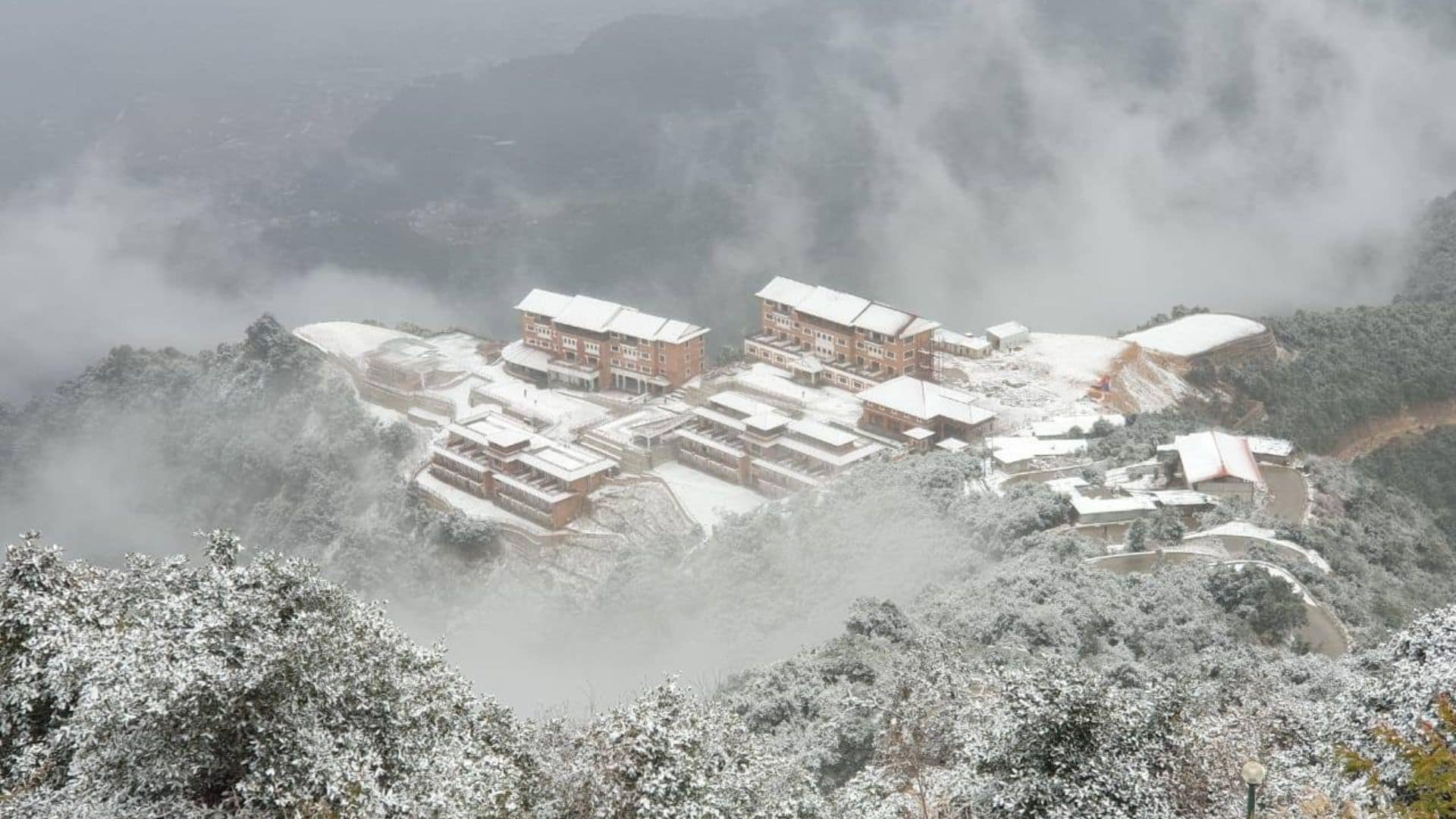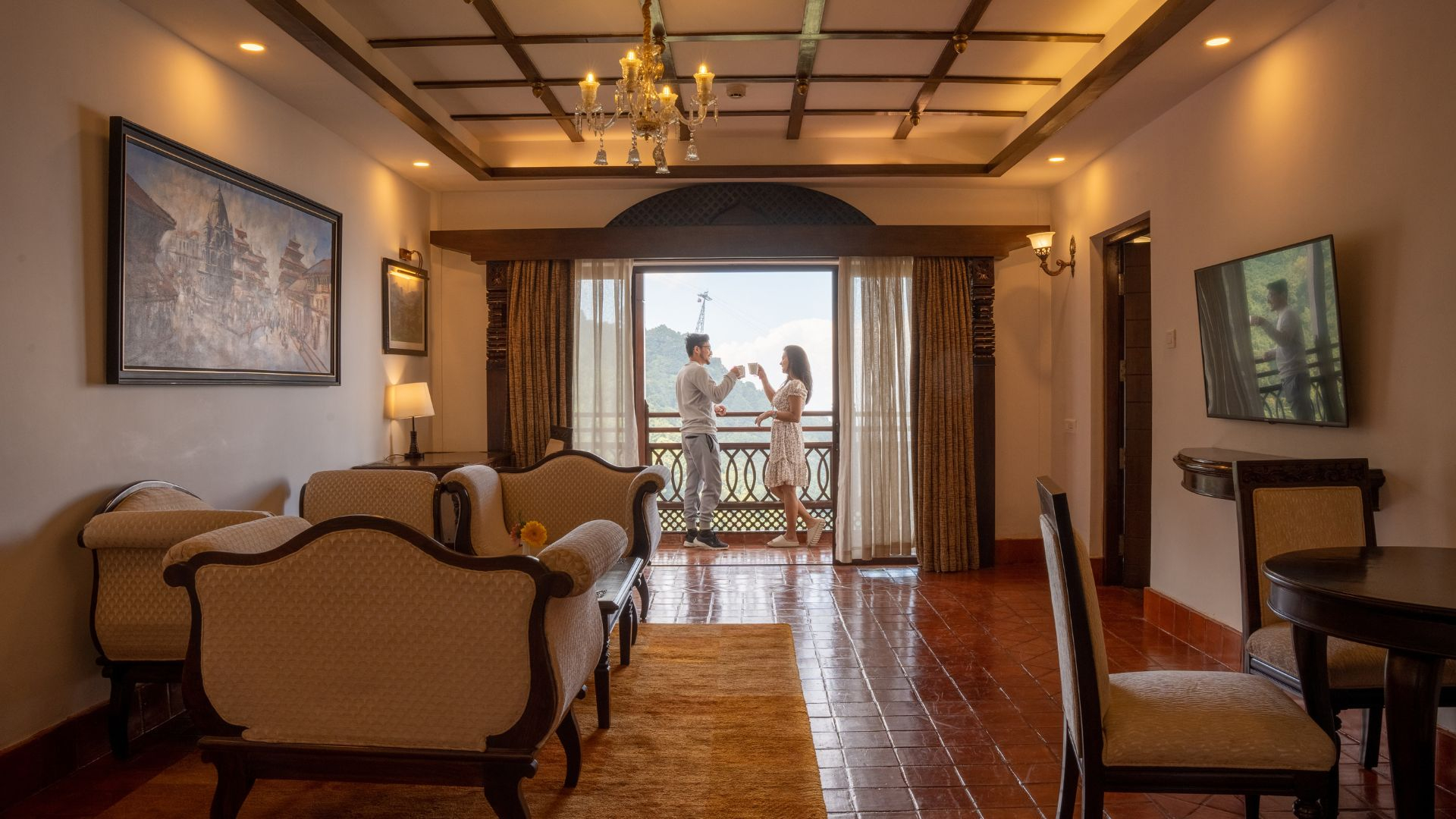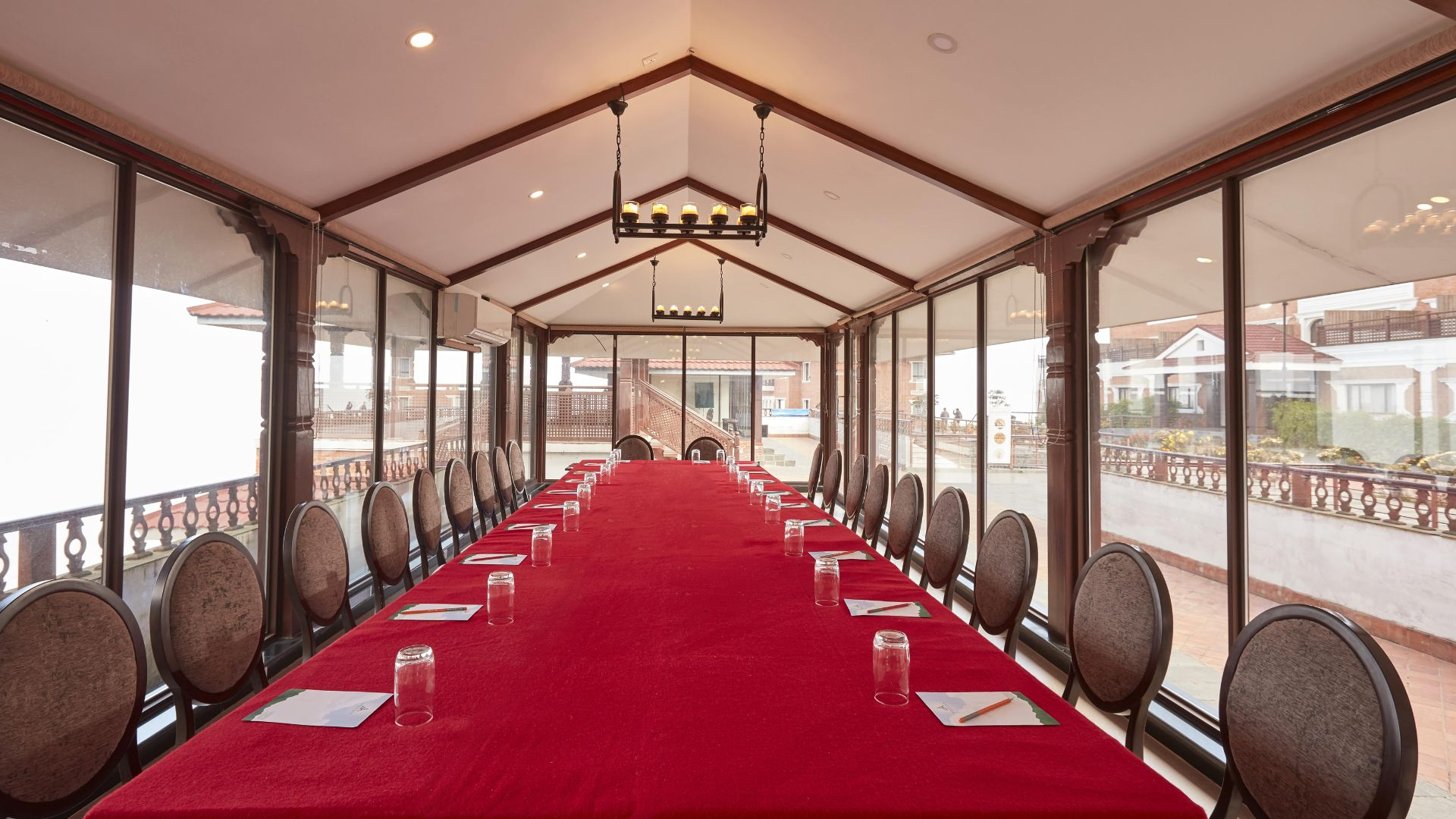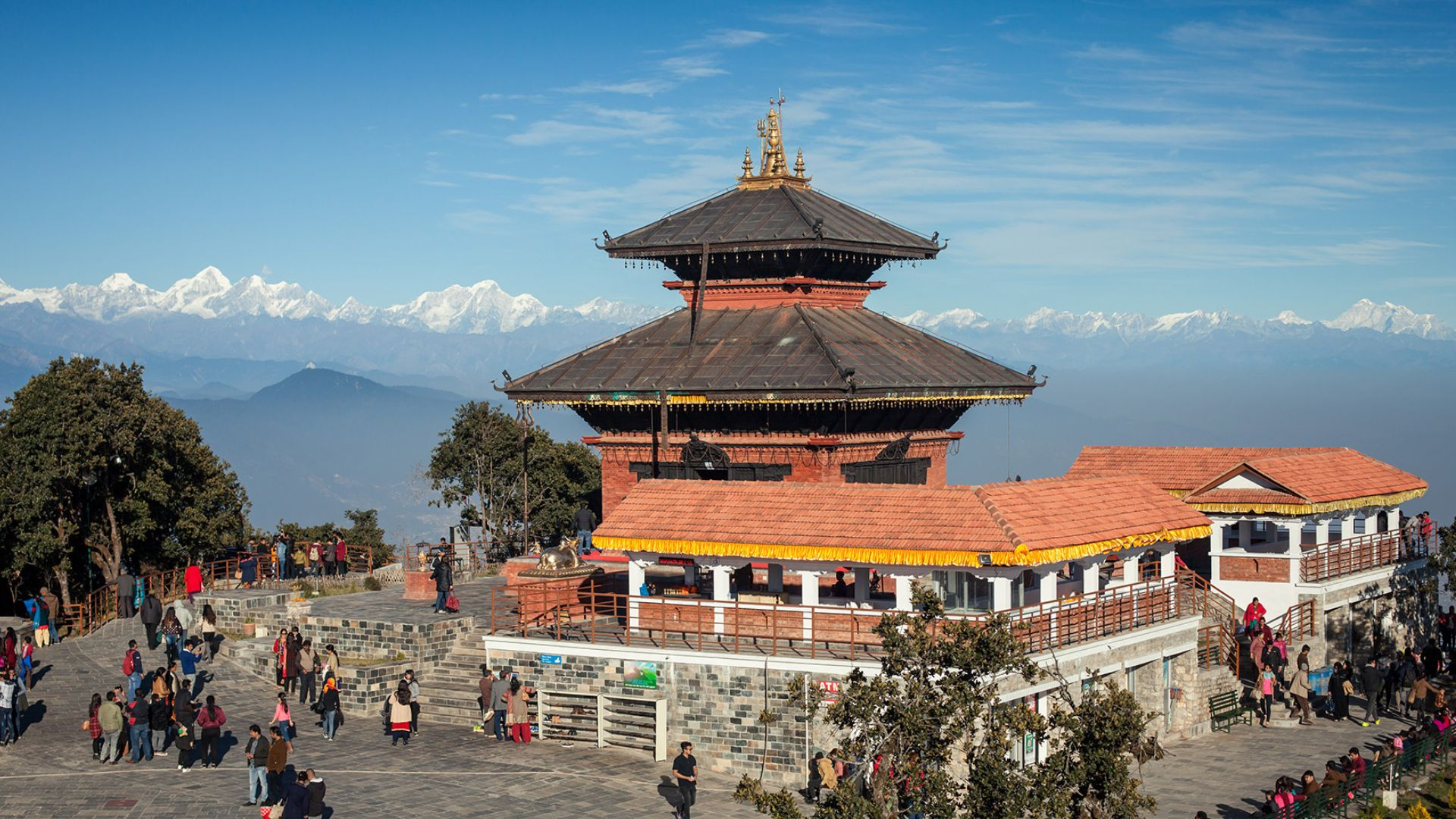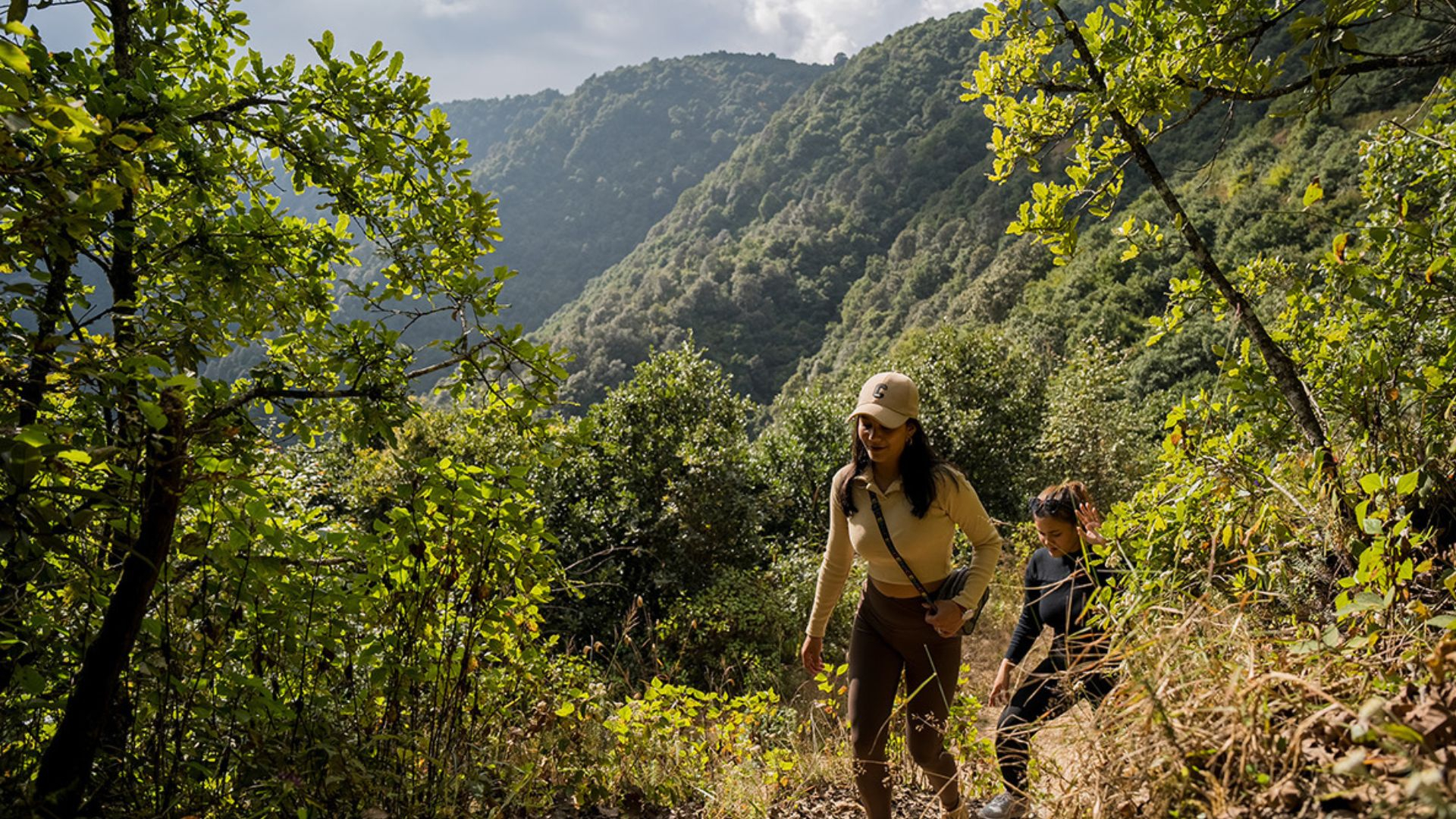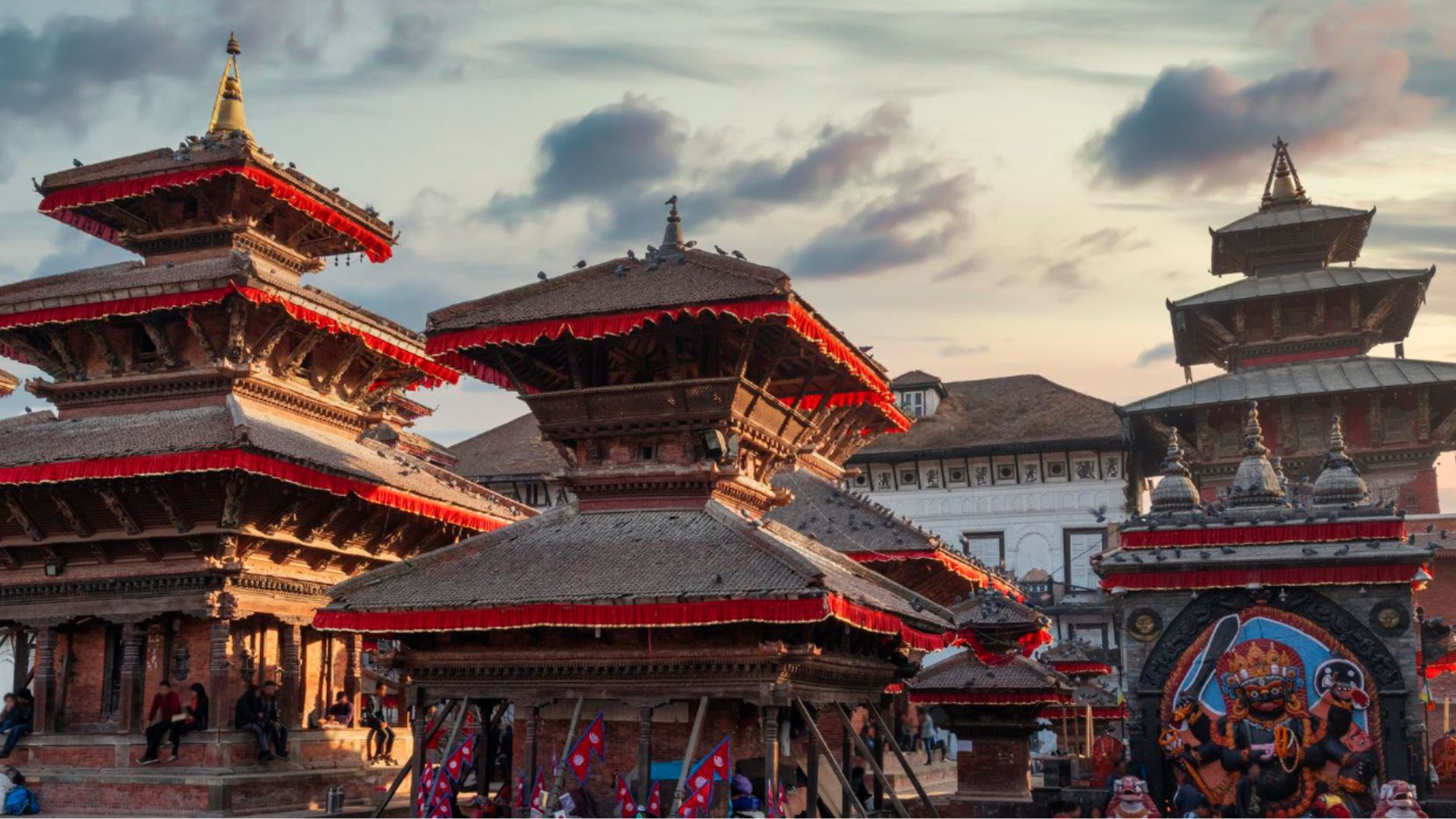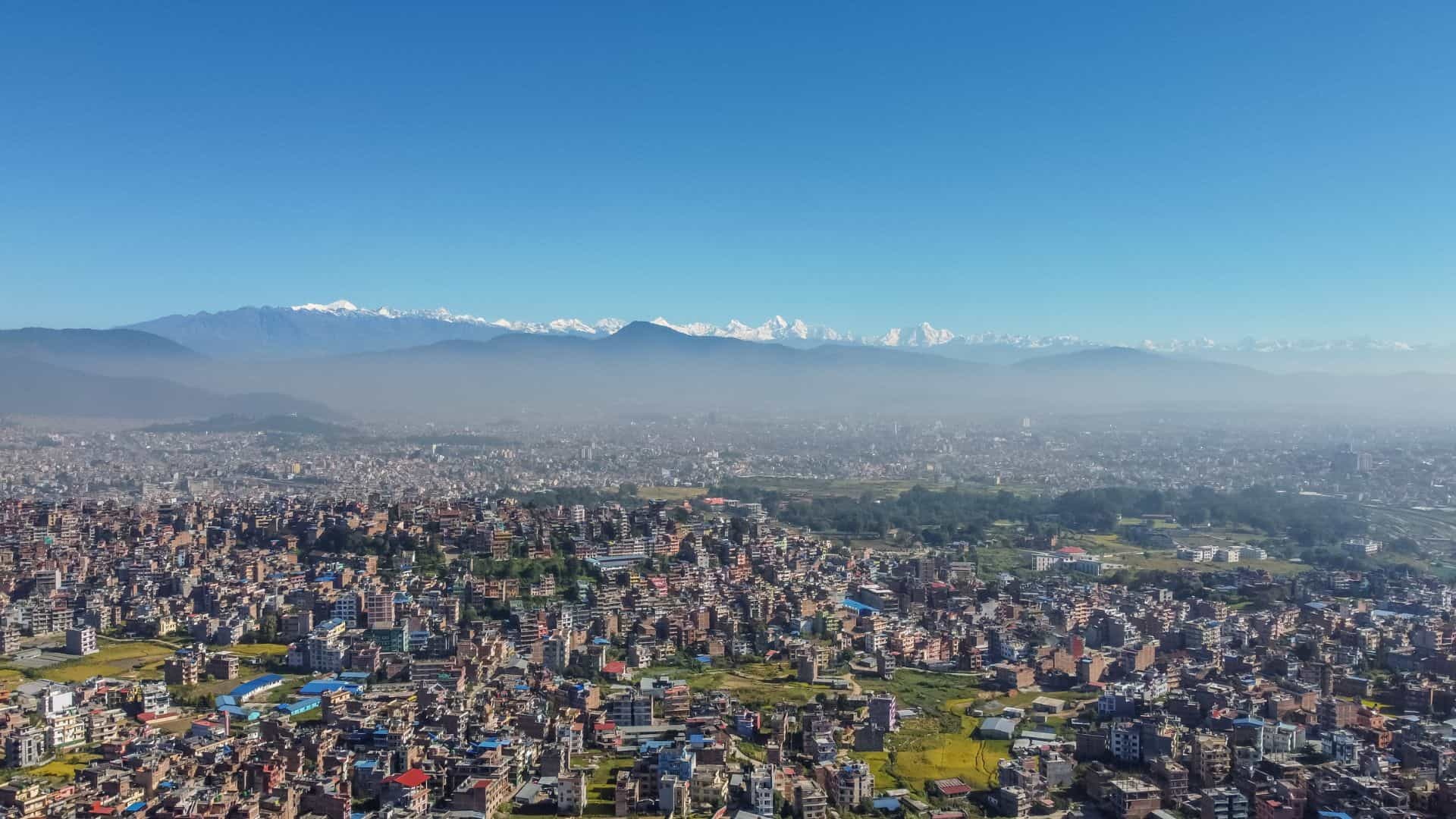
Winter in Kathmandu : A Guide to Winter Exploration
November 24, 2023
Winter in Kathmandu: Weather & Activities from a Local Lens
Many would say that Kathmandu is best explored pre-monsoon (March to April) and post-monsoon (September to November) citing the optimum weather conditions and clear skies. And while that is not incorrect, it is also no reason to sideline a trip to Kathmandu during winter months. December to February brings a nip in the air, misty mornings and warm afternoons, marking winter in Kathmandu. There are also fun festivals, celebrations and delectables to enjoy, making winter season in the valley more inviting than one would expect.
Kathmandu Weather and Temperature During Winter
Winter in Kathmandu is generally cold, dry and sunny. Temperatures at night can dip to 0° C and floats at a nippy 20° C during the day. Rainfall is minimal, seeing about 13 to 14mm of rain every month. The days are sunny, with approximately 10 to 11 hours of sunshine.
| Months | Avg. High Temperature | Avg. Low Temperature |
| December | 20° C | 4° C |
| January | 18° C | 3° C |
| February | 21° C | 5° C |
Winter Months in Kathmandu
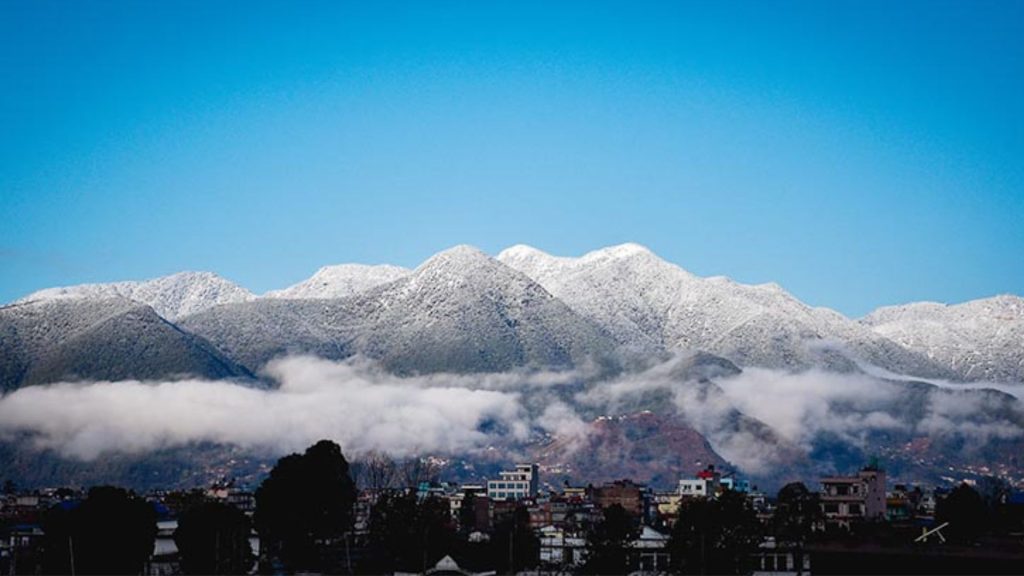
Kathmandu winter begins in December and lasts till the end of February. Get a concise, simplified insight into what Kathmandu looks like during each winter month.
Kathmandu in December
December is a great time to be in Kathmandu. The mornings and evenings are chilly, but the days are bright, sunny and clear. Blue skies prevail, making the month ideal for hikes around the valley and mountain sightings. The temperature ranges from 4° C to 20° C. The chances of rain is low, but when and if it does, it brings high chances of snowfall in the surrounding hills.
Events to attend: Kathmandu International Mountain Film Festival (KIMFF) and New Year’s Eve. We suggest heading to tourist hubs like Thamel or Jhamsikhel to not feel left out during the eve.
Kathmandu in January
The temperature continues to dip in Kathmandu during January, making it the coldest month. While it doesn’t rain much, short-lived showers should be expected. The rain brings freezing temperatures, and people can witness a rare snowfall in Kathmandu’s hills.
Events to attend: New Year and Lhosar (Buddhist New Year). Since Nepal follows the Lunar calendar, one cannot always guarantee that the latter festival will fall in January, but it usually does. Explore Buddhist shrines such as Boudhanath, Swayambhu to witness the festivities.
Kathmandu in February
February marks the end of winter in Kathmandu, but it can still be chilly. There is little to no rain, so a layer of smog floats above the valley throughout the month. However the pollution is little disturbance on the higher hills around Kathmandu. Travelers can still enjoy scenic hikes in Chandragiri, Shivpuri or Nagarkot with a white mountain range smiling at them. The dry climate also makes the trails perfect for mountain biking.
Events to attend: Maha Shivratri, a Hindu festival celebrating Lord Shiva usually falls in February. Head to Pashupatinath to experience the vibrant evening and meet thousands of sadhus. Bhaleshwor Mahadev Temple in Chandragiri Hills also celebrates the festival in full fervor.
Places and Activities in Kathmandu during winter
Kathmandu has a mystical energy about it during winter. Wake up at the break of dawn and explore the Durbar Squares or old towns of Patan, Bhaktapur and Kathmandu, and major temples. It is the best time to witness people in their most local element. A thick fog wraps the air, women and men go about their daily morning puja, butter lamps illuminate the still-dark time of the day, the sounds of bells break the silence, and the eastern horizon turns gorgeous hues as the sun comes up.
In the afternoon, there are multiple hikes and treks to conquer in and around the valley. For a day hike, take the Haatiban-Champadevi-Chandragiri trail. If you are looking for a multi-day hike along the Kathmandu ridge, a Sundarijal-Shivapuri hike is an excellent option. There are also various trails that go from Nagarkot to Dhulikhel that are challenging as well as rewarding.
There is plenty of sightseeing to be done. Don’t be afraid to go off-track and peek into unnamed alleys and courtyards. Most often, they have the rarest and finest hidden heritage. Winter is also the peak wedding season in Kathmandu. There are colorful, loud wedding processions taking place on the streets almost every day. When you see one, don’t hesitate to request to be a part of it. Dance unabashedly with the wedding party, witness a wedding, and there is a high chance you will be invited for the reception and some delicious food.
If you love trying new cuisines, you have to try the local delicacies of Kathmandu. Feast your tastebuds to Newari, Tibetan, and Nepalese food. If you are brave enough, try the street food as well. For those looking for some time off, the valley is studded with quaint resorts that are great for sunbathing, reading, and some quiet fun.
Conclusion
Whoever said that Kathmandu isn’t worth visiting during winter has clearly never been here during the season. There is so much to explore and to unravel. Since it sees less tourists, travelers can have most of the valley and its locals to themselves. The slashed prices on accommodations and transport makes the dwelling in the valley that much more sweeter.
